Case Study
IAQ Services helped a national hire company to address its workplace air quality concerns
Air quality in the workplace has never been more important than it is today. Poor indoor air quality is a health and safety risk, and has been linked to illnesses such as asthma, COPD, lung cancer, nausea, headaches and lethargy. It can lead to workplace environments in which the performance and well-being of employees is negatively impacted.
All employers in the UK have a legal duty to provide a safe and healthy work environment.
Fortunately, more and more business owners appreciate the importance of this and are looking at how to monitor, and improve, the indoor air quality in their workplaces.
Project Background
A well-known national hire company had been experiencing problems with its air quality, resulting in its staff members becoming unwell. During periods when relative humidity approached 90%, staff members were experiencing respiratory discomfort and having allergic reactions. In such an environment there is increased risk of disease transmission.
The Challenges
The sheer size of the company’s facility and their 24/7 operating hours posed several challenges. The 200,000 m2. of open plan warehouse and office areas meant the traditional approach of spot checking was impractical.
Personal monitoring had originally been requested by the client, but this approach would have required a significant number of monitors, as well as several follow-up visits to download the air quality data at regular intervals.
Leaving monitoring equipment onsite created a challenge due to its limited range and the need for mains electrical power. We soon discovered this approach wouldn’t be cost-e ective or practical in this scenario.
Our Proposal
We advised the client that the best option would be for us to install our Airthings for Business remote monitoring system for a two month period across the entire workplace. This approach would show what every employee in the workplace was experiencing in terms of air quality.
Airthings for Business allowed us to analyse the data and then advise on long term aims and solutions. The system gave us a floor plan overview, a visual indication of when C02 levels were becoming too high and 24/7 remote access.


“Staff members were experiencing respiratory discomfort and having allergic reactions.”
The company asked us to investigate why this was happening and to recommend air quality improvement solutions that would make for a healthier workplace.
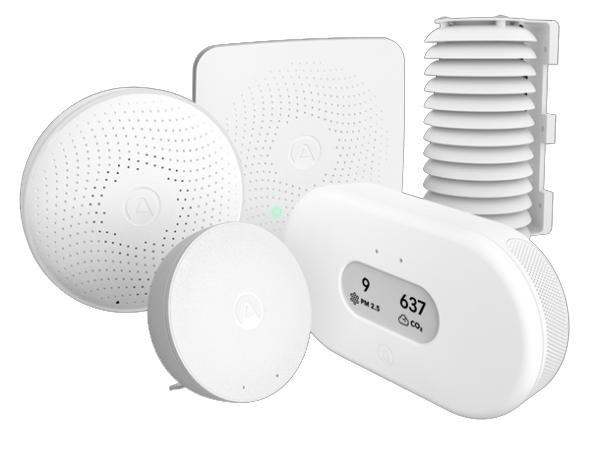
Air Quality Improvements
The Results of Our Air Quality Monitoring
During the two-month process of remotely monitoring the air quality at the client’s site, the data provided by Airthings highlighted that the client’s working practices were not sufficient to reduce the level of particulates in the air. The main cause of the air quality issues was the operation of diesel and petrol powered equipment indoors.
The Airthings system identified that respirable dust particulates exceeded the 35µg/m3 warning threshold for a significant period of each 24 hour working day. We advised the client that by altering their work practices it would be possible to significantly reduce the periods where employees were exposed to excessive levels of particulates and bring these down to acceptable levels.
“Airthings highlighted that the client’s working practices were not sufficient to reduce the level of particulates in the air”
Through the accurate time logging functionality provided by Airthings, the company was also able to use their own CCTV system to conduct working practices investigations. They concluded that the Local Exhaust Ventilation (LEV) systems provided by the company in the workplace were not being properly utilised by their staff.
Our Recommendations
Having reviewed the data and completed our analysis, our recommendations to the client were as follows:
- Implement a suitable LEV system, along with a training programme to ensure employees know how to use it correctly.
- Introduce an ongoing Air Quality Monitoring Programme. Such a programme will enable the owners of the business to keep track of their indoor air quality. This will be key for identifying which operations are producing airborne contaminants and for informing decisions about necessary steps to alleviate these.
Summary
Overview
Poor air quality can lead to substandard workspaces and can negatively impact the health and well-being of employees. We were invited by a national hire company to carry out investigations into why their staff were becoming unwell in the workplace.
Service
Remote IAQ Monitoring.
Client
A national hire company.